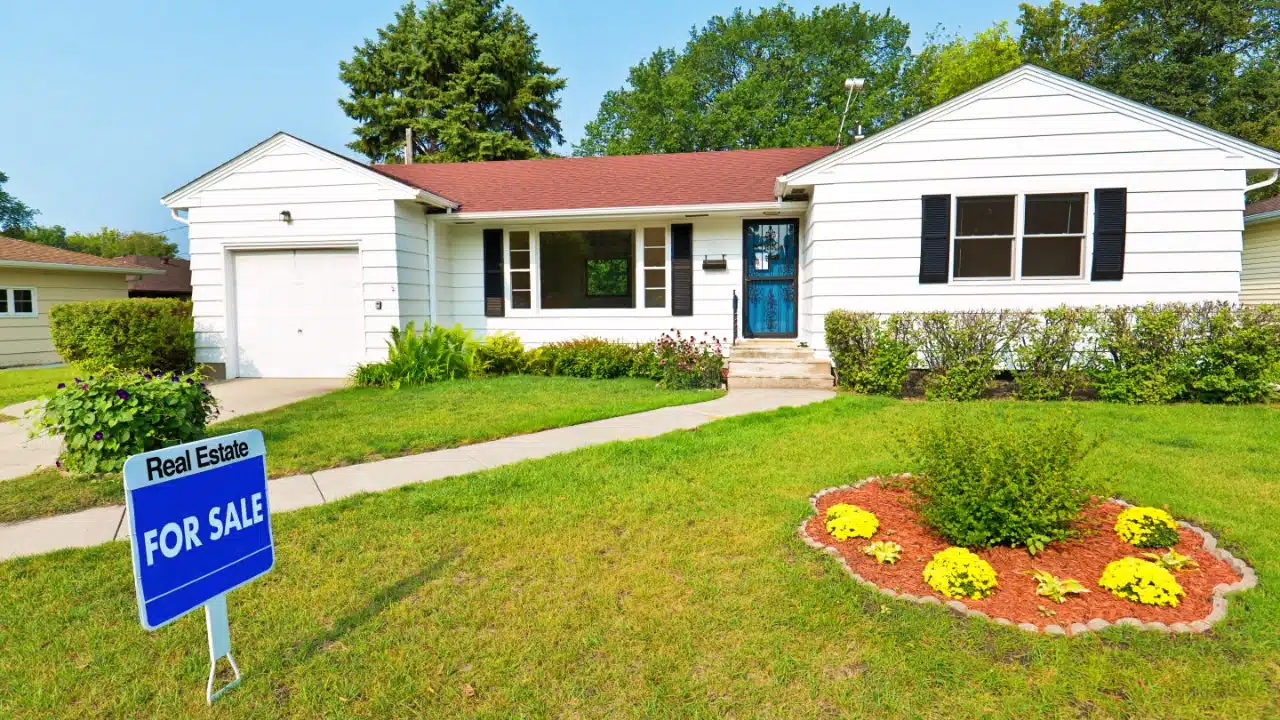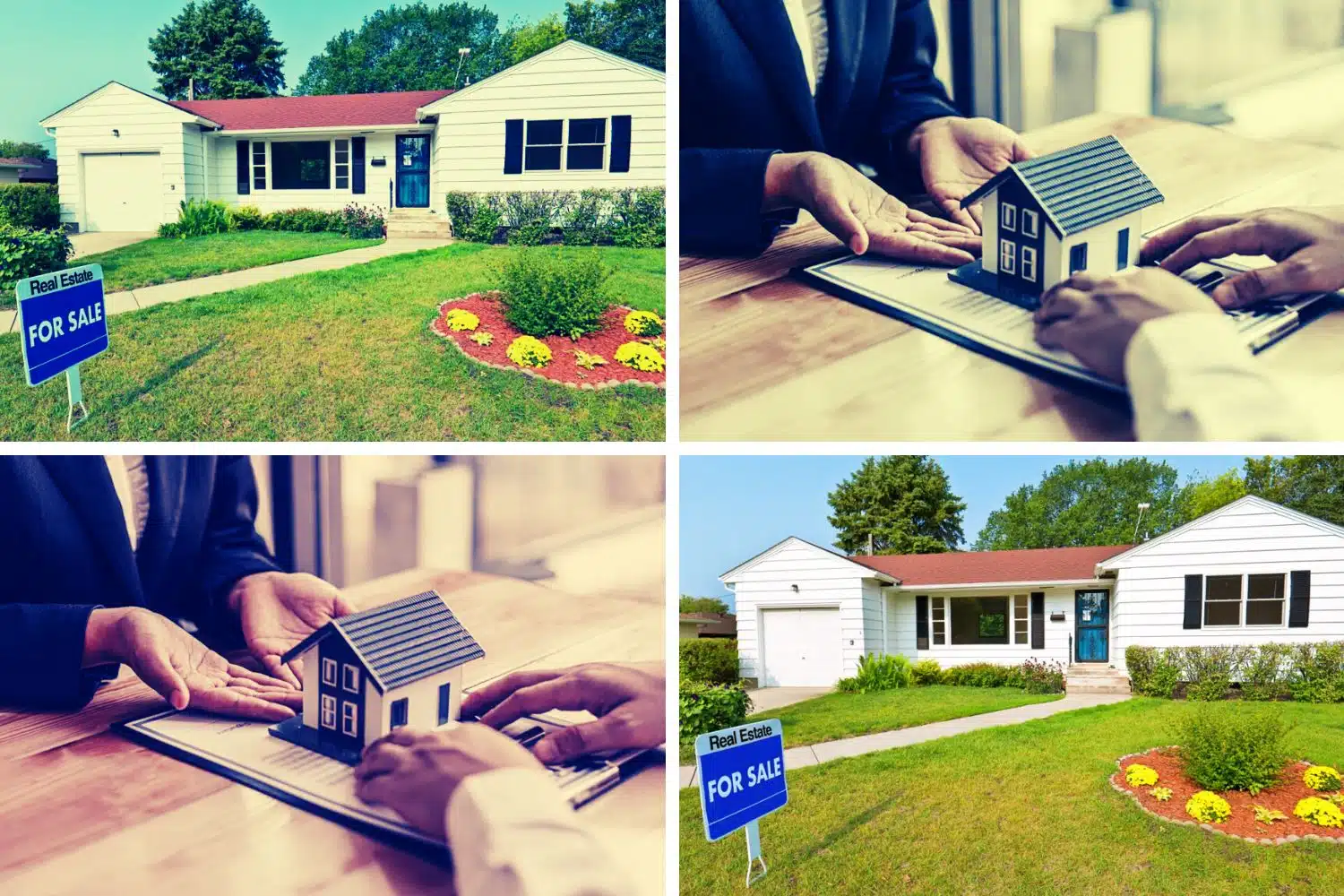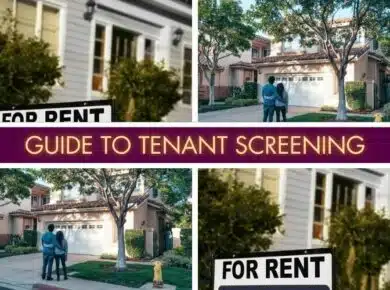Selling a home can be an intimidating process, and one of the most important decisions you’ll make is pricing your house correctly. With the right price, you are more likely to attract buyers quickly and close on a sale that meets your goals. But how do you determine what’s the right listing price? It’s important to understand how to price a house for sale, so you can make an informed decision when putting your home on the market.
1. Private Sales
Private sales have emerged as a promising avenue for both sellers and buyers in the real estate market. Unlike traditional methods that involve real estate agents and multiple intermediaries, private sales provide a direct and streamlined approach to property transactions. In this era of digital connectivity and information accessibility, private sales empower individuals to take control of their buying or selling journey.
Also, private sale solutions are typically cost-effective and much faster than traditional methods. Sellers can showcase their properties to a wider audience while maintaining greater control over the sales process. On the other hand, buyers can explore a diverse range of properties and negotiate directly with the sellers, resulting in potentially more favorable deals
2. Professional Appraisal

The next step in pricing your house right is to get a professional appraisal. A professional appraisal can help you determine an accurate market value for your property, so you can price it accordingly. The appraiser will take into account factors such as location, size of the home, condition of the home, and other features to determine its fair market value.
This valuation process can also provide a competitive advantage in negotiations with potential buyers and give you more confidence in setting the right list price. It’s worth the cost of an appraisal if it helps you avoid pricing your house too low or too high.
3. Get Pre-Qualified Buyers Ready
An important third step in pricing your house right is making sure you have pre-qualified buyers ready to make an offer. This means doing some research and marketing before listing the house. Start by talking to local real estate agents about potential buyers who may be interested in purchasing the property.
You can also find out what similar properties in the area are selling for and use this information as a baseline when setting your asking price. Additionally, consider taking part in open houses or other events where potential buyers can come and tour the home. Doing so will help you get a better sense of how much it is worth and provide you with more data to work with when determining its market value.
4. Price to Sell
Once you’ve done your market analysis and determined your list price, it’s important to price your property to sell. Setting a slightly lower asking price can help attract more buyers. It also create a bidding war that will drive up the final sale price.
However, be careful not to set the price too low, as you may end up leaving money on the table. Ultimately, you want to find a balance between pricing competitively and making sure you get fair value for your home.
5. Be Flexible
It’s important to be realistic about the market conditions and adjust your expectations accordingly. If you’re selling in a buyer’s market, for instance, it may take longer to find a buyer and you may need to accept an offer that isn’t as high as you’d like. Be prepared for some back-and-forth negotiating so that both parties are comfortable with the agreement.
Remember to consider factors such as closing costs, contingencies, loan types, and more when coming up with an acceptable price. Even if it takes some time—as long as you get the right price for your house in the end—the wait will be worth it!
6. Review the Offer and Negotiate Price

Once an offer is received, carefully review the terms and conditions. Evaluate the buyer’s qualifications, consider any contingencies that are part of the offer. Also, check on any requested credits or repairs to be made by you.
Next, determine how much room you have to negotiate by estimating the difference between what you hope to get for your house and what price could realistically be accepted without losing out on a potential sale.
Conclusion
Pricing your house right is essential to getting the best price and having a successful sale. Follow these steps for guidance on how to properly evaluate market conditions, determine an initial list price, get pre-qualified buyers ready. Do not forget to be flexible with negotiations to ensure you are getting fair value for your home. With careful consideration and preparation, you should have no problem finding the right price to set for your house.






